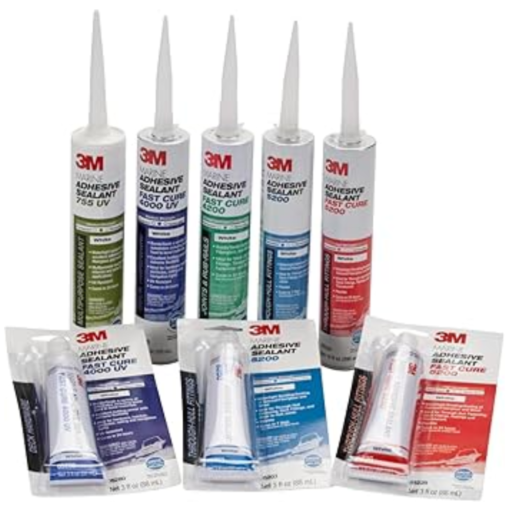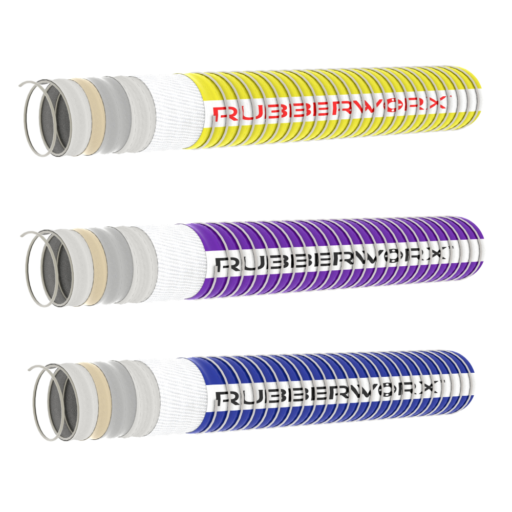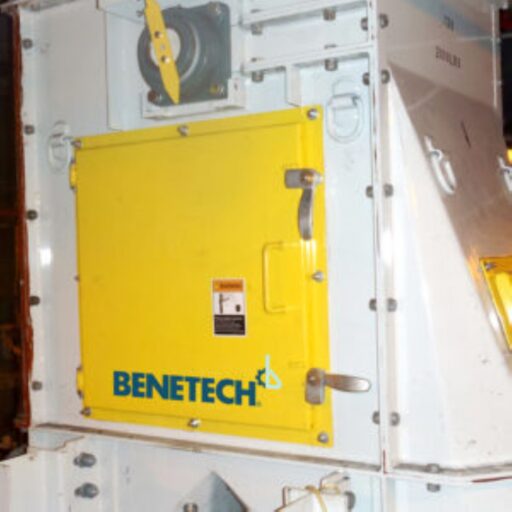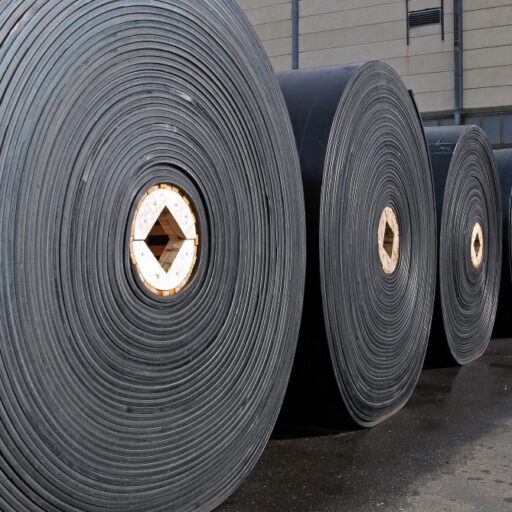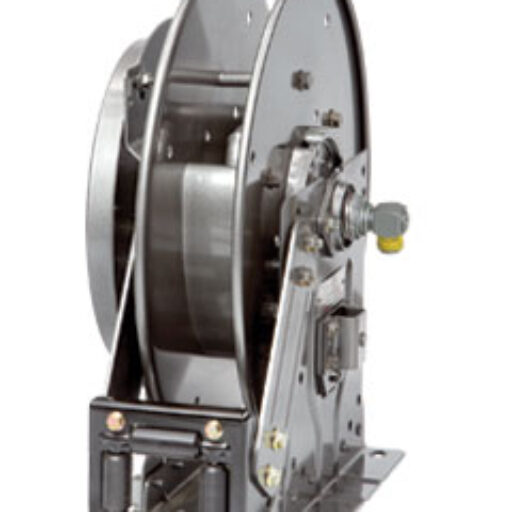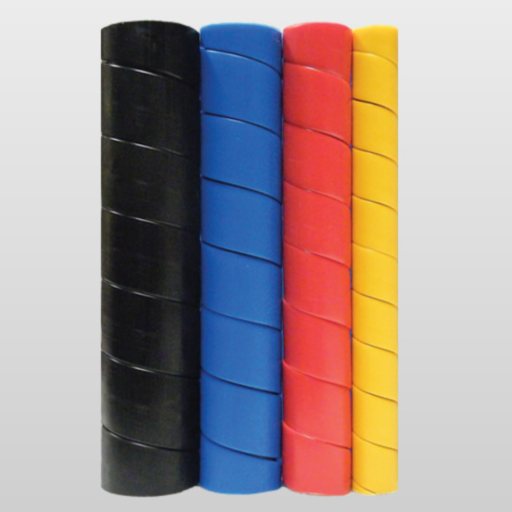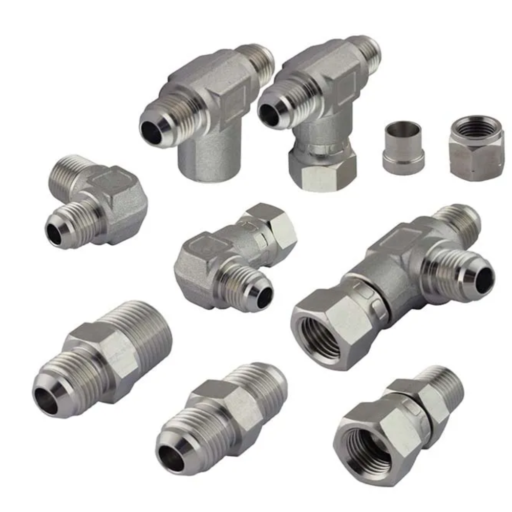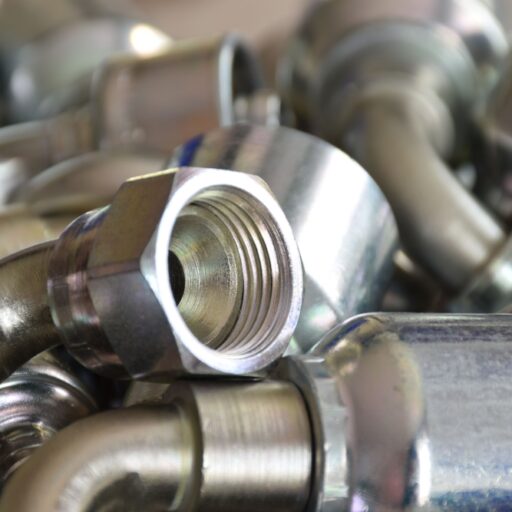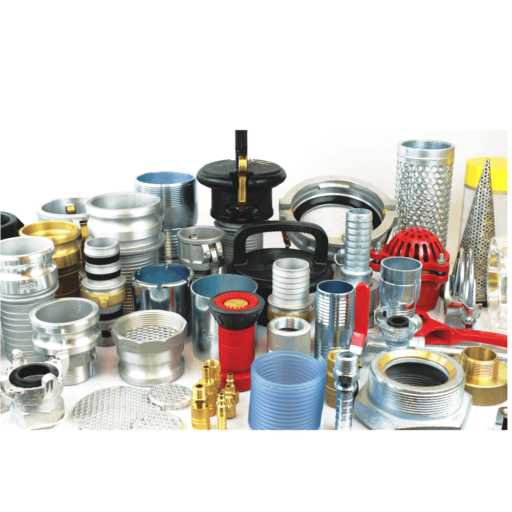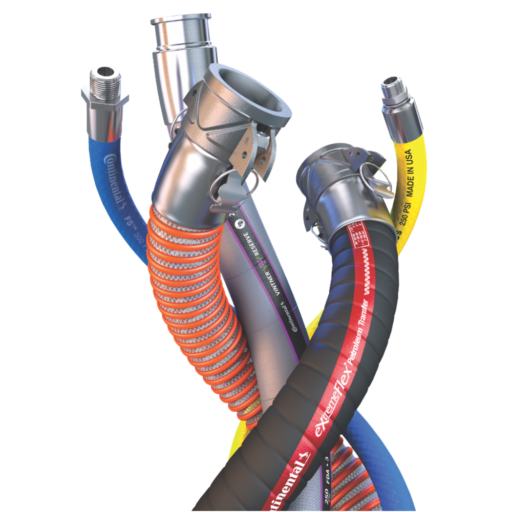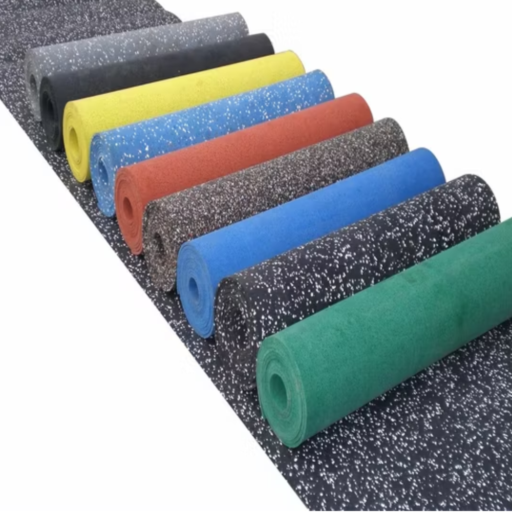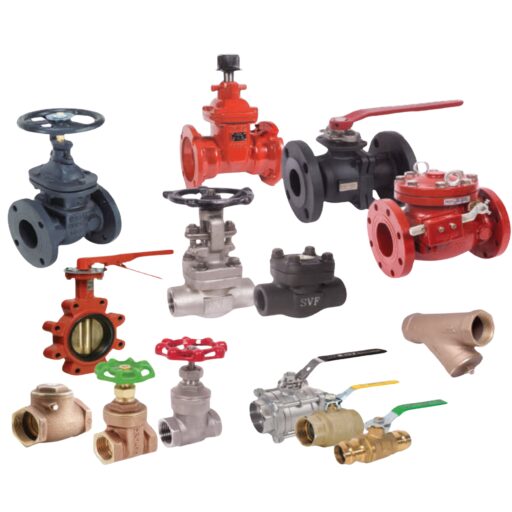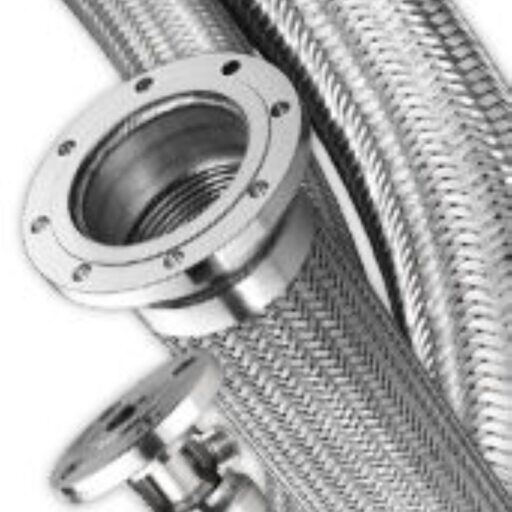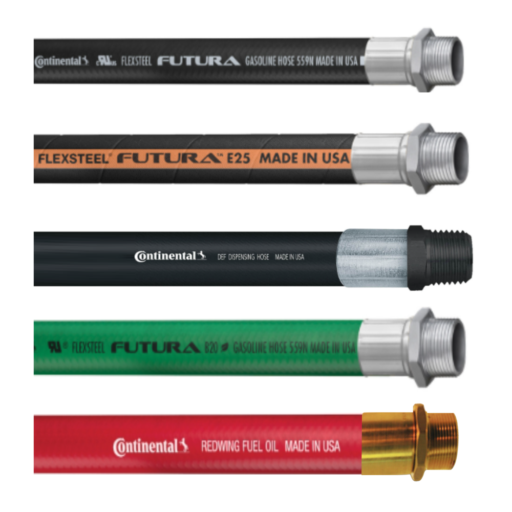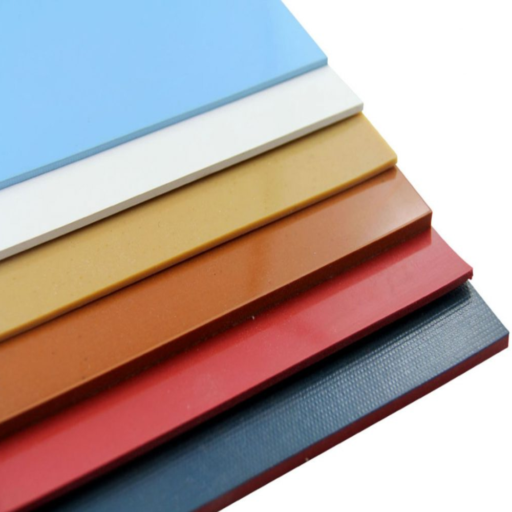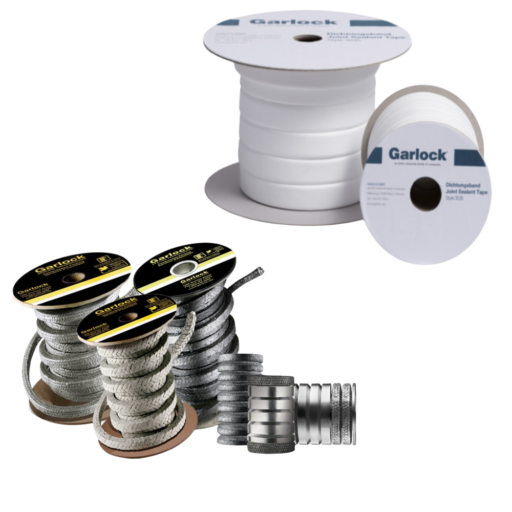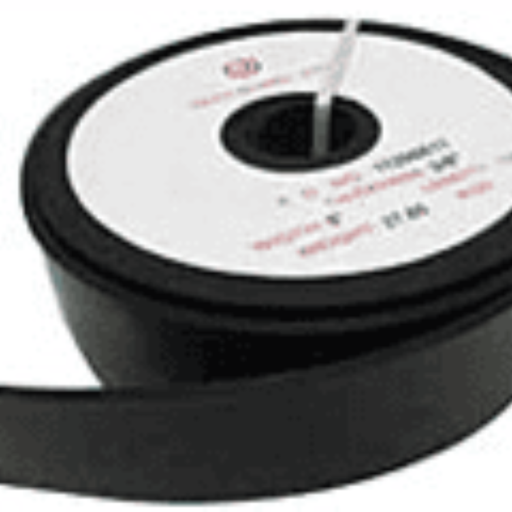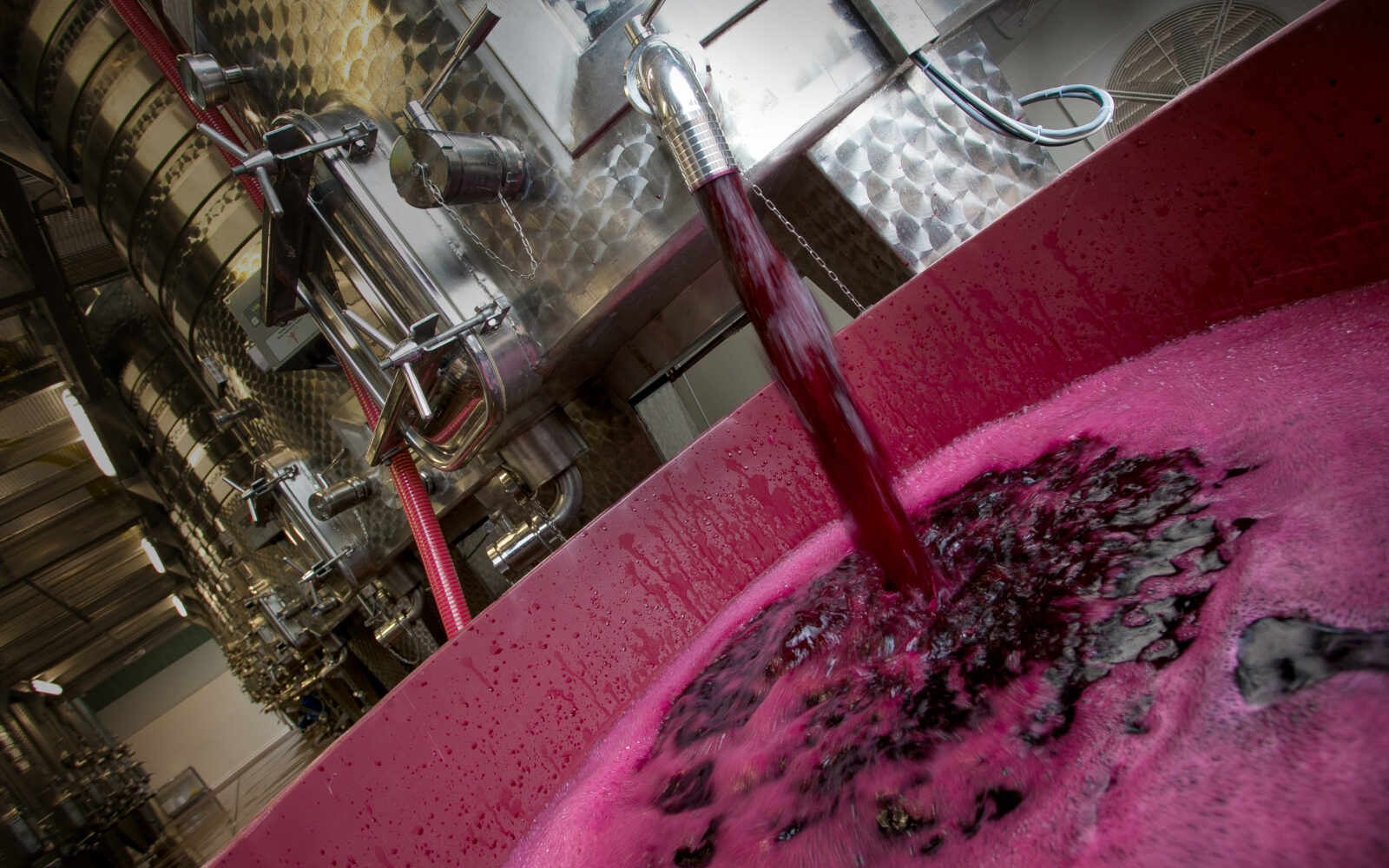Winemaking is a delicate process that requires precision, quality, and compliance with food safety standards. Selecting the right wine hose ensures the safe transfer of product, maintains purity, and upholds the integrity of the final product. At Capital Rubber, we are proud to be a premier distributor of industry-leading wine hose brands, including Continental Vintner, Rubberworx, Kuriyama, and Tudor Technica, all of which offer a full range of 3A chlorobutyl wine hose products.
Key Considerations When Choosing a Wine Hose
✔ Material Composition – Hoses used for wine transfer must be made from non-toxic, odor-free, and taste-free materials to prevent contamination and flavor alteration. Chlorobutyl-lined hoses are a top choice due to their excellent chemical resistance and ability to maintain wine purity.
✔ Flexibility and Handling – A high-quality wine hose should be flexible enough for easy handling in tight spaces while maintaining structural integrity during transfers.
✔ Pressure and Vacuum Ratings – Ensure the selected hose can handle the necessary pressure and suction for various stages of wine processing, from fermentation to bottling.
✔ Temperature Resistance – The ideal hose should withstand both low and high temperatures, ensuring compatibility with cold stabilization and heated cleaning processes.
✔ Compliance with Food Safety Standards – Look for hoses that meet 3A, FDA, and USDA compliance for safe beverage transfer.
The Importance of Using Certified Couplings
Proper couplings are just as crucial as the hose itself. LGV Couplings, based in California, have been certified as 3A couplings, ensuring full compliance with sanitary regulations. Capital Rubber offers a variety of certified couplings, including:
- Tri-Clamp Couplings – Ideal for sanitary applications, allowing for easy cleaning and secure connections.
- Pacific Coast Thread Couplings – Designed for durable and efficient wine transfer, meeting industry standards for hygiene and safety.
Common FAQs About Selecting Wine Hoses
1. What makes chlorobutyl-lined hoses ideal for wine transfer?
Chlorobutyl is highly resistant to wine’s natural acidity and prevents oxygen permeation, which helps maintain wine quality and prevents contamination.
2. Can I use the same hose for both wine and cleaning solutions?
While some hoses are rated for both wine transfer and CIP (clean-in-place) cleaning, it’s best to use separate hoses to prevent cross-contamination and extend hose life.
3. How do I determine the right hose diameter for my application?
The flow rate and distance of transfer should be considered. Larger diameters allow for faster flow, while smaller diameters provide better control over fluid movement.
4. How often should I replace my wine hoses?
Regular inspections should be performed before each use to check for wear, cracks, or loss of flexibility. Hoses should be replaced as soon as any degradation is detected to maintain product quality and safety.
5. Why should I choose Capital Rubber for my wine hose needs?
At Capital Rubber, we provide:
✔ Expert guidance to help you select the best hose and fittings for your specific needs.
✔ Premium brands like Continental Vintner, Rubberworx, Kuriyama, and Tudor Technica.
✔ Certified LGV couplings, including Tri-Clamp and Pacific Coast thread couplings.
✔ Fast and reliable service to keep your winery operations running smoothly.
Trust Capital Rubber for Your Wine Hose Solutions
Selecting the right wine hose is essential for ensuring hygiene, efficiency, and wine integrity. Whether you need a flexible transfer hose, high-pressure rated hose, or certified couplings, Capital Rubber has the expertise and product range to support your winery operations.
Looking for the best wine hose for your application? Contact Capital Rubber today for expert recommendations and premium wine transfer solutions!

